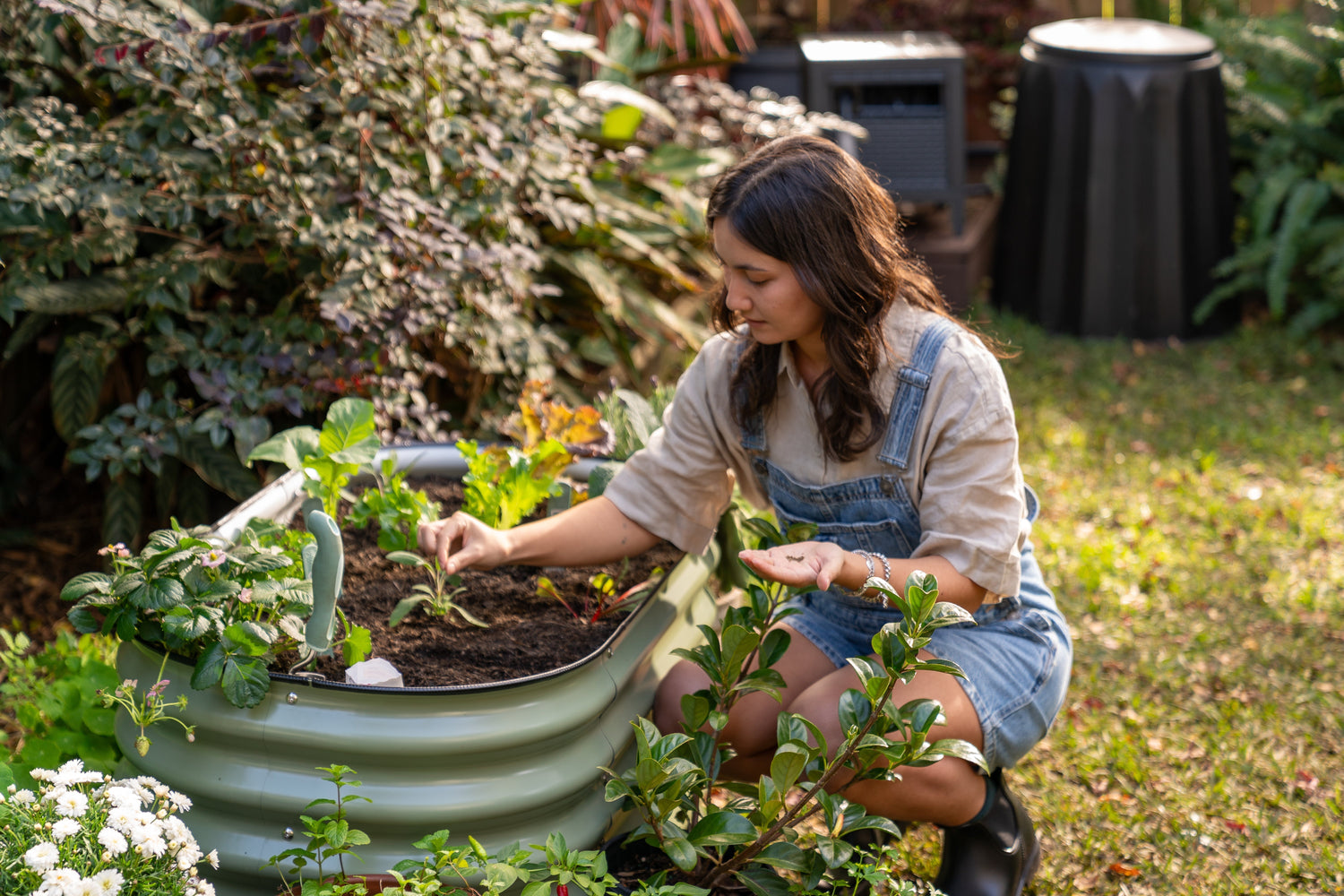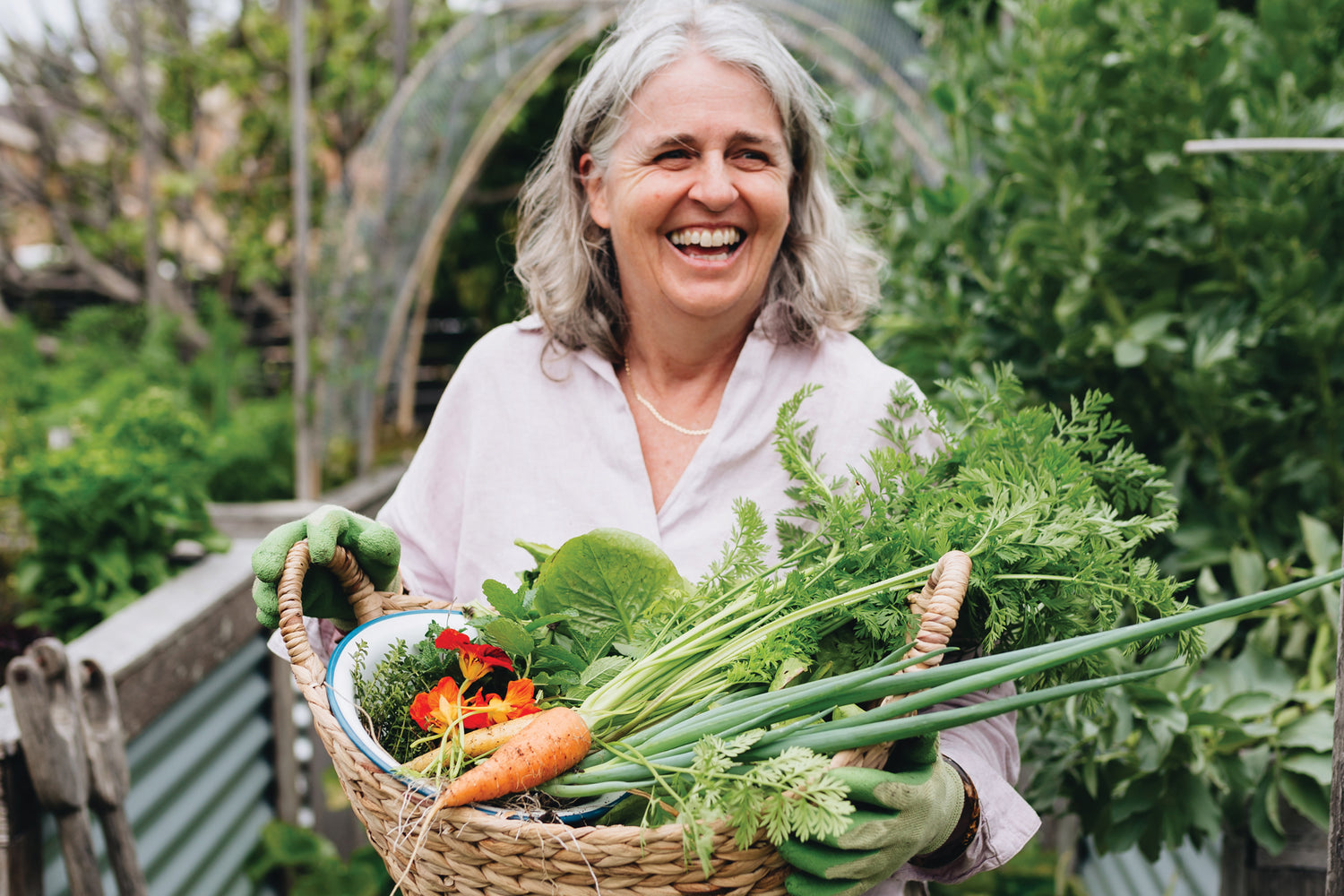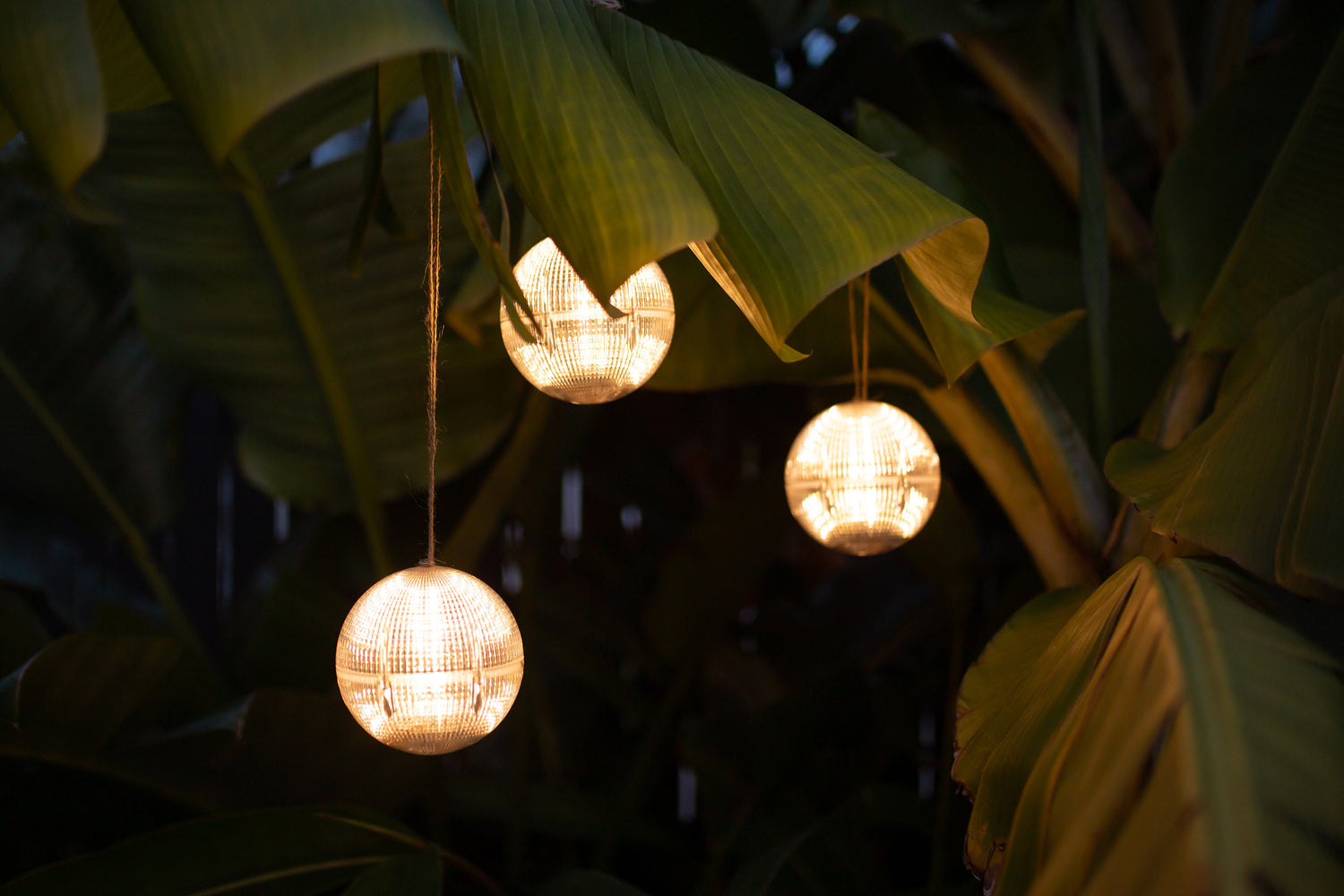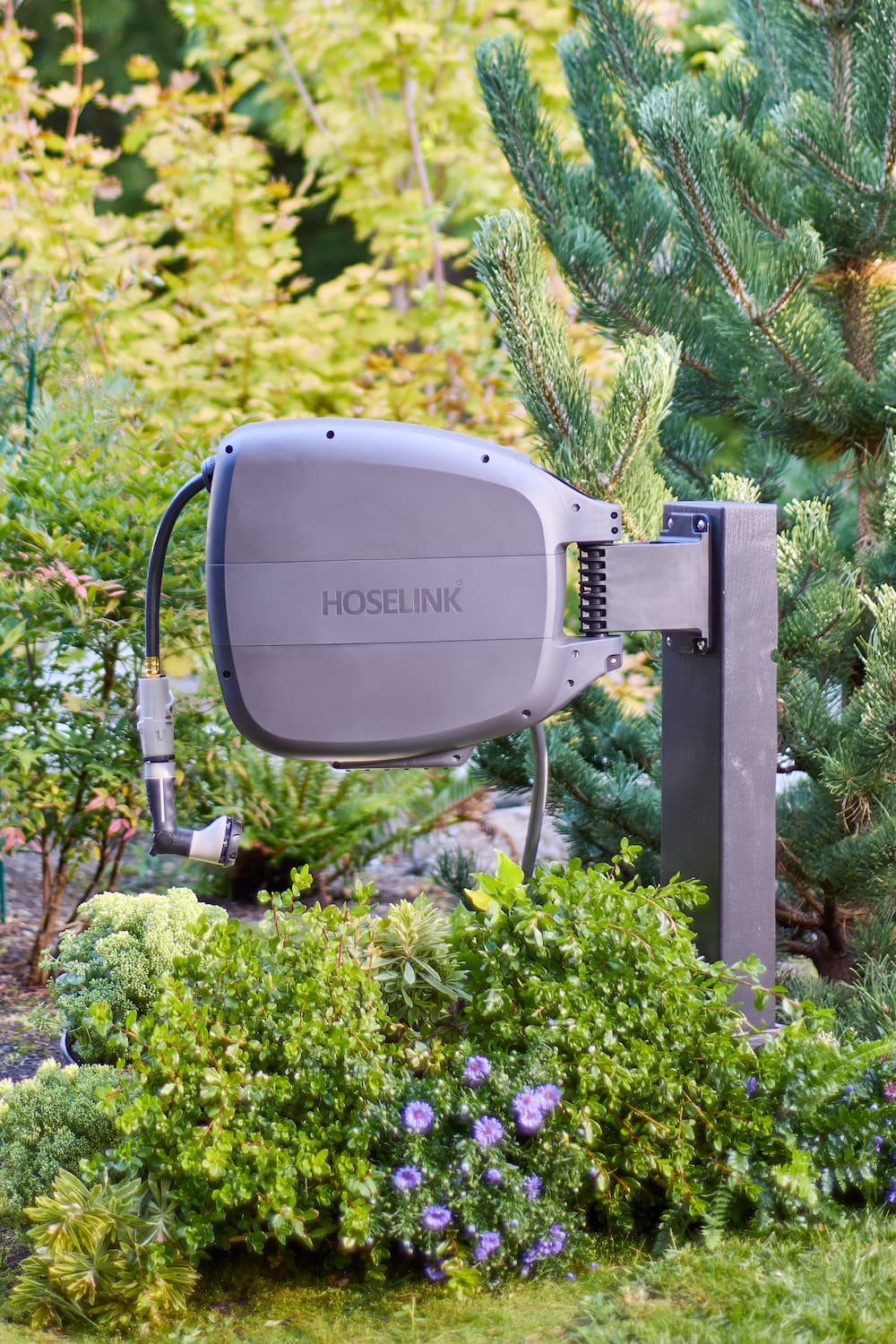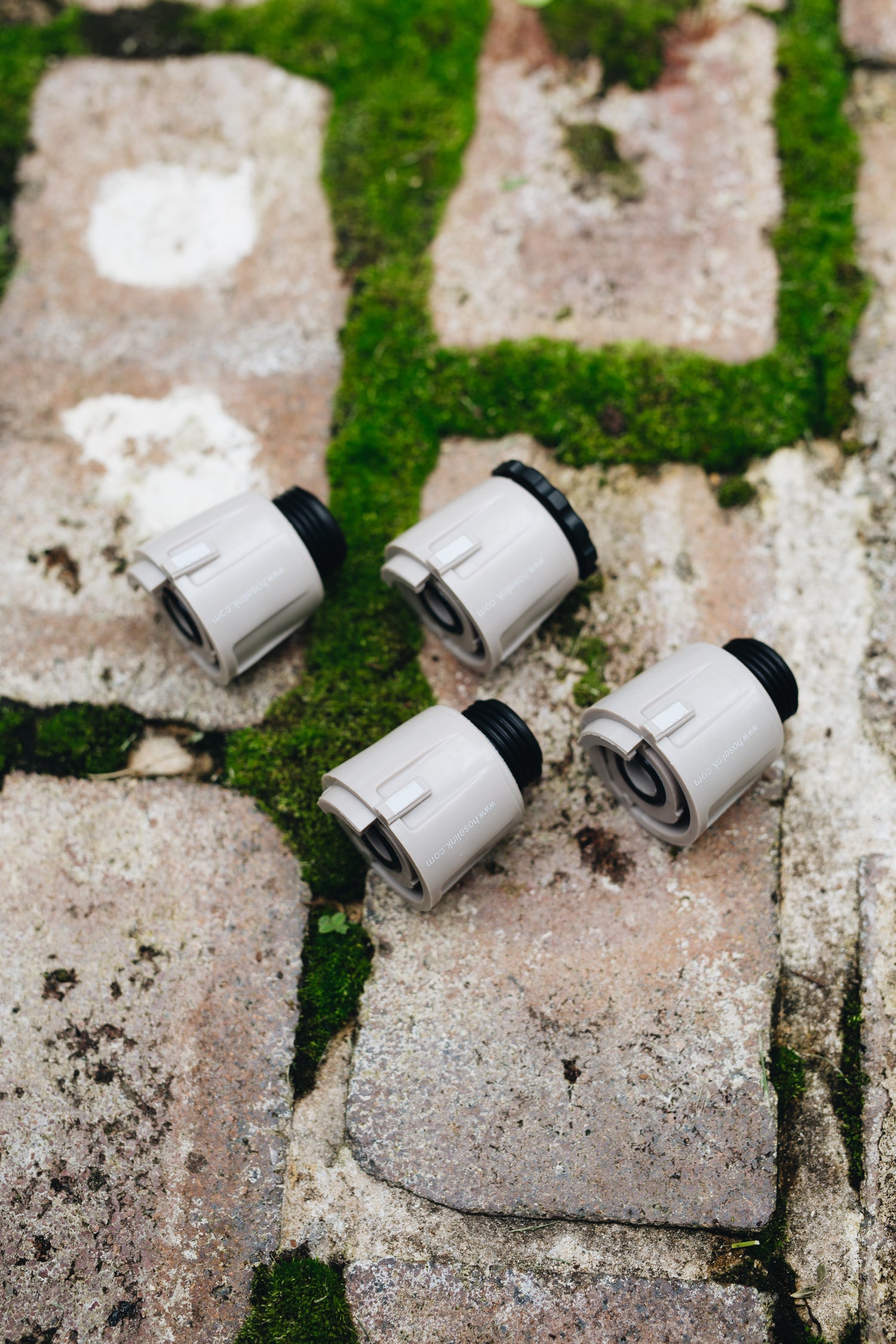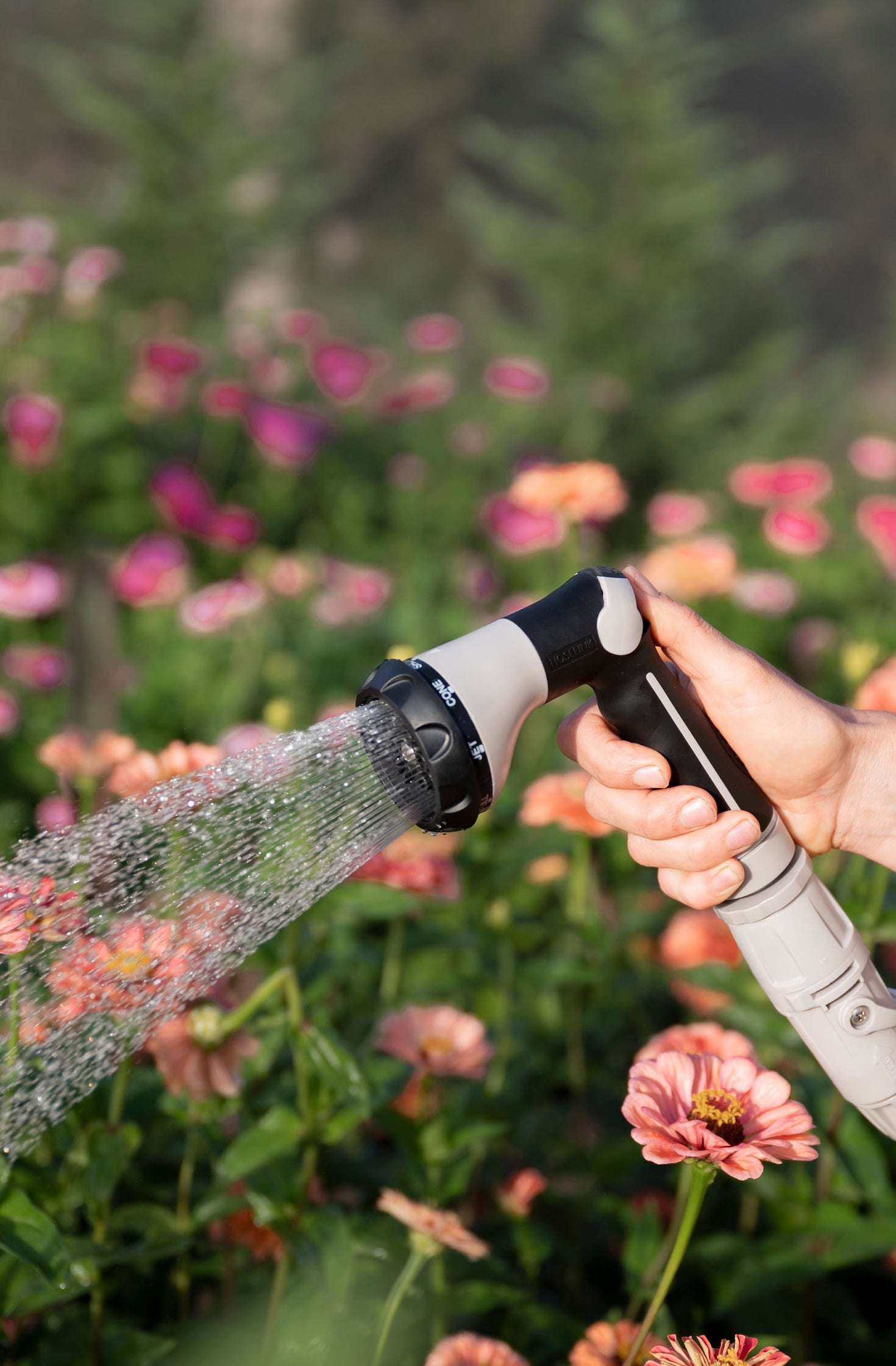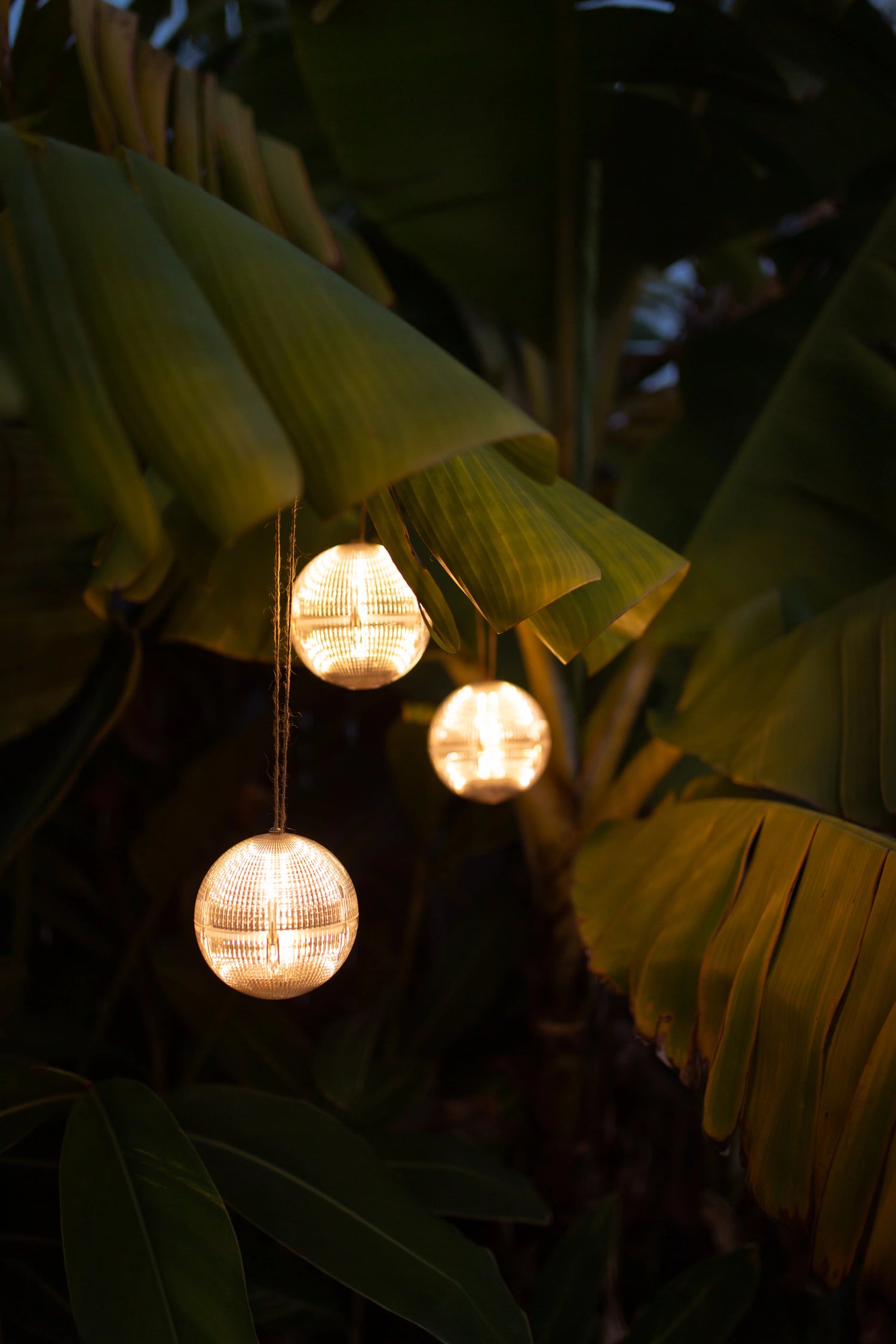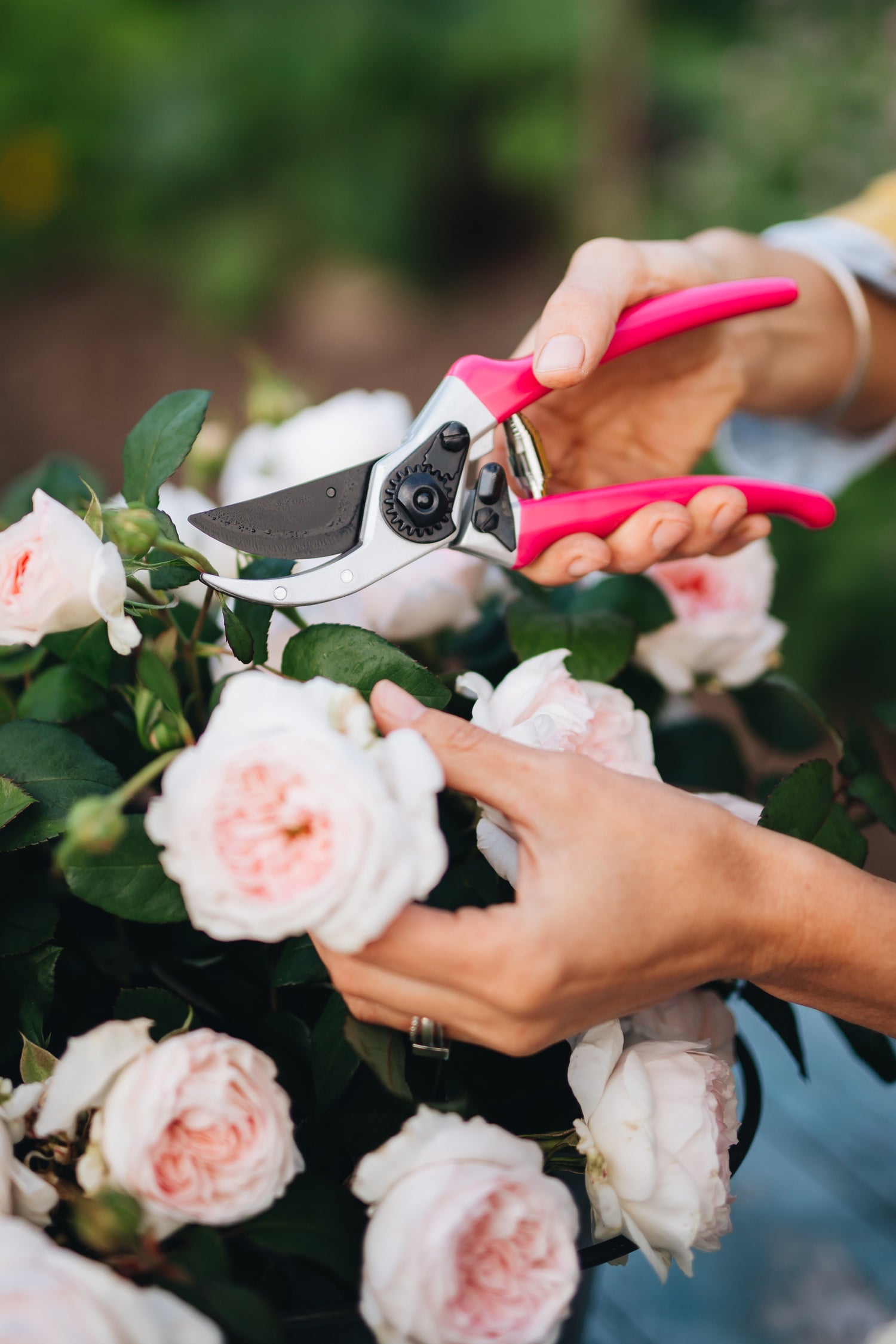Fall in the garden feels like both an ending and a beginning. Summer’s blooms and harvests fade, but the work you do in these crisp, golden months lays the foundation for a thriving garden in spring. Think of fall as the gardener’s reset button: it’s the time to clean up, restore soil health, protect plants, and even plant for the future.
Here’s your complete guide to the most important fall gardening tasks—from clearing beds and composting to planting bulbs and prepping tools—so your garden is healthy, productive, and ready to flourish next year.
1. Clear Out Spent Plants
One of the first things to tackle in fall is cleaning out plants that have reached the end of their life cycle.
- Vegetable beds: Pull out crops like tomatoes, beans, cucumbers, and peppers once they stop producing. Removing them prevents pests and diseases from overwintering in the debris.
- Annual flowers: Plants like zinnias, marigolds, and petunias can be removed after their last flush of blooms. If they’ve gone to seed, collect seeds before pulling the plants.
- Perennials: Many perennials benefit from a trim after frost—peonies, daylilies, and hostas, for example. But resist the urge to cut everything back. Plants with sturdy stems and seed heads, like coneflowers and black-eyed Susans, provide food for birds and add beauty to an otherwise bare winter garden.

Tip: Healthy plant debris can be shredded and added to compost or used as mulch. If plants show signs of disease, however, dispose of them instead of composting to prevent spreading problems next year.
2. Turn Garden Waste Into Compost
Fall provides an abundance of compost material: leaves, grass clippings, and plant debris. Instead of bagging it all for curbside pickup, use it to create “black gold” for your garden.
- Balance greens and browns: Compost works best with a mix of nitrogen-rich “greens” (vegetable scraps, fresh clippings) and carbon-rich “browns” (dry leaves, stems, straw). Aim for about two parts browns to one part greens.
- Leaves are treasures: Shred leaves with a mower before adding them to compost. They break down faster and prevent clumping. If you have more leaves than your pile can handle, store them in bags to add throughout the winter.
- Keep it moist and turned: Your pile should be damp, like a wrung-out sponge. Turn it every couple of weeks to aerate and speed decomposition.
- Winter composting: Don’t worry if the pile slows down as temperatures drop. It will reactivate in spring, and by then, you’ll have rich compost to dig into your beds.
Shortcut idea: If space is tight, create a separate “leaf mold” pile by stacking shredded leaves in a corner. Leave it alone for a year or two, and you’ll have a dark, crumbly soil conditioner that rivals compost.

3. Plant Now for Spring Rewards
Fall is an excellent time to get plants in the ground. Cooler weather, more rainfall, and soft soil make it easier for roots to establish.
Spring-Flowering Bulbs
Tulips, daffodils, hyacinths, crocuses, and alliums all need a period of cold to bloom in spring.
- Plant bulbs two to three times deeper than their height, pointy side up.
- Choose well-draining soil to avoid rot.
- Add a sprinkle of bone meal or bulb fertilizer to encourage strong root growth.
Garlic and Onions
Garlic thrives when planted in fall—you’ll harvest large, flavorful bulbs next summer. Simply separate cloves and plant them a few inches deep and 6 inches apart. In mild climates, onion sets can also be planted now.

Perennials, Trees, and Shrubs
Planting in fall gives roots time to establish before the stress of summer heat. Plus, cooler weather means less watering for you.
Cool-Season Vegetables
In regions with mild winters, sow cool-weather crops like spinach, lettuce, kale, and carrots. They love the cooler temperatures and can extend your harvest well into winter.
4. Mulch and Protect Garden Beds
Mulch is like a winter blanket for your garden. Adding a fresh layer in fall provides multiple benefits:
- Insulates soil, protecting plant roots from temperature swings.
- Suppresses weeds that might otherwise sprout in winter.
- Prevents soil erosion from rain or snow.
- Adds organic matter as it breaks down.
Use shredded leaves, straw, or wood chips around perennials, vegetable beds, and shrubs. Aim for a 2–4 inch layer, keeping mulch a few inches away from stems and trunks to prevent rot.

5. Improve Your Soil
Healthy soil is the foundation of a productive garden, and fall is the best time to invest in it.
- Add compost or manure: Spread a thick layer over garden beds. Winter’s freeze-thaw cycle will help incorporate it naturally.
- Test your soil: A simple soil test will show whether you need to adjust nutrients or pH. Lime or sulfur amendments take time to work, so fall is ideal for applying them.
- Grow cover crops: Planting cover crops like winter rye, clover, or vetch adds nutrients, prevents erosion, and improves soil structure. In spring, simply cut them back and turn them into the soil.
For more information on improving your soil, take a look at our Ultimate Guide to Soil Types blog.
6. Save Seeds for Next Year
If you grew heirloom or open-pollinated varieties, seed saving is a rewarding fall task.
- Select seeds from your healthiest, most vigorous plants.
- Allow seeds to fully mature and dry on the plant whenever possible.
- Dry seeds thoroughly indoors before storing in labeled envelopes or jars.
- Keep them in a cool, dark, and dry place until spring.
Seed saving not only saves money but also helps you develop varieties uniquely adapted to your growing conditions.
7. Care for Your Lawn
Don’t forget your lawn when making your fall to-do list.
- Rake or mulch leaves: A thick blanket of leaves can suffocate grass. Shredding them with a mower creates a natural mulch instead.
- Fertilize in fall: Fall fertilization promotes root growth and gives grass a strong start in spring.
- Overseed bare spots: Cool temperatures and autumn rains make fall the perfect time to reseed thin or patchy areas.

8. Protect Tender Plants
Cold-sensitive plants need extra care before frost arrives.
- Bring pots inside: Tropical plants, succulents, and herbs like basil should be moved indoors before nighttime temperatures drop too low.
- Use frost covers: Row covers, cloches, or even old sheets can protect late-season crops from early frosts.
- Mulch tender perennials: Roses, figs, and other borderline-hardy plants benefit from extra mulch at the base to insulate roots.
9. Clean and Store Garden Tools
Your tools have worked hard all season—fall is the time to give them some care.
- Scrub off soil and sap from pruners, shovels, and trowels.
- Sharpen blades for smoother cuts and easier digging.
- Oil metal parts to prevent rust and treat wooden handles to avoid cracking.
Well-maintained tools last longer and save you money in the long run.

10. Plan and Reflect
Finally, fall is the perfect time to step back and think about your garden as a whole.
- Take notes: Jot down what thrived, what struggled, and what you want to try differently next year. If you would like more ideas on how to keep a garden journal, read our Garden Journaling blog.
- Sketch layouts: Planning crop rotations now helps prevent pests and diseases.
- Order early: Many seed companies release catalogs in fall. Ordering now ensures you’ll get your top choices before they sell out.
Final Thoughts
Fall gardening is less about immediate results and more about setting the stage for future success. By clearing out old plants, enriching your soil, planting for spring, and protecting what you have, you give your garden the best possible foundation for the year ahead.
And while it may feel like the season is winding down, there’s something deeply satisfying about these fall tasks. They bring closure to the growing season, prepare your garden to rest, and promise abundance when the cycle begins anew in spring.
So grab a rake, pull on your gloves, and head outside. The work you do now will reward you many times over when warm weather returns.

